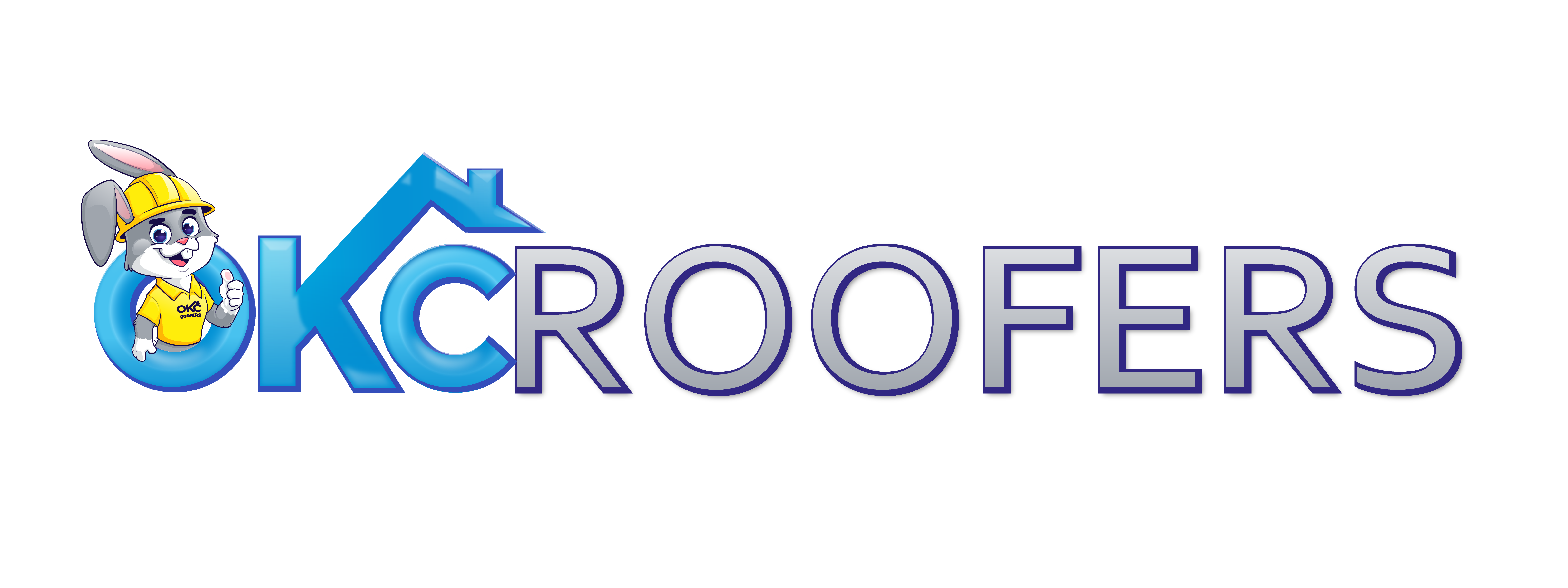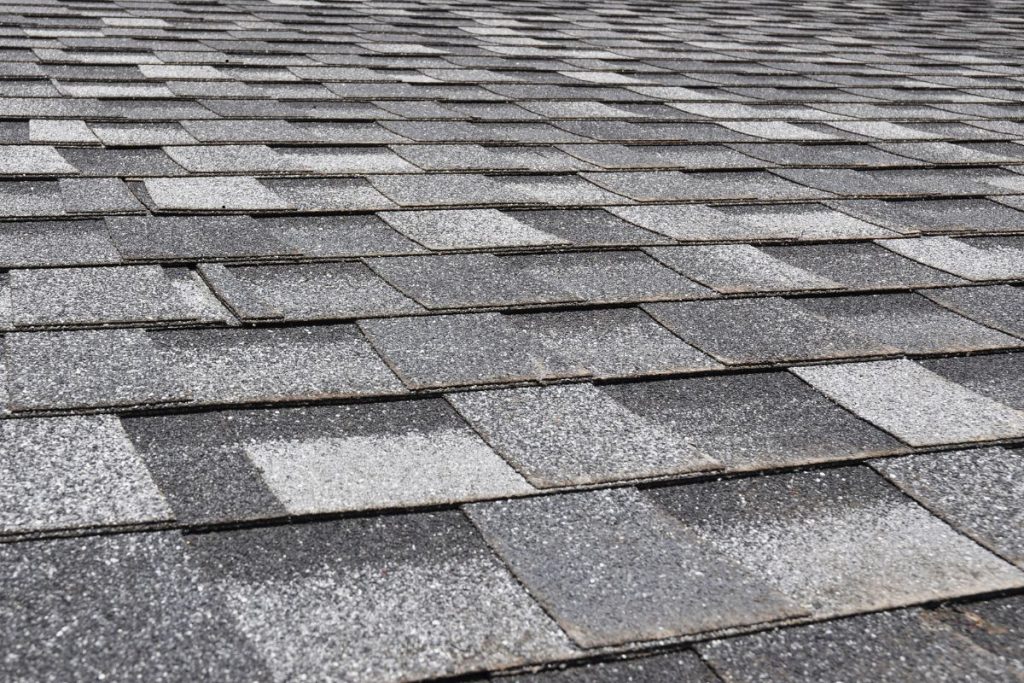Thinking about using OSB for your roof? You’re not alone. It’s cheaper than plywood, easy to find, and gets the job done for plenty of builds.
But here’s the twist: it’s not always the best move. Roofing isn’t just about slapping down panels, it’s about how your choice holds up against weather, weight, and time.
This guide breaks down if OSB is really worth the gamble, when it makes sense, and when you should stick to other options. Let’s cut through the noise so you can build smart, not sorry.
What’s the biggest risk of using OSB as roof decking?
OSB is cost-effective and strong, but it absorbs water easily, leading to swelling, warping, and reduced durability over time.
Key Takeaways
- OSB is cheaper and widely available, making it a budget-friendly roofing option.
- It provides strength and uniformity but struggles with moisture and weight.
- Plywood is better for damp climates, while OSB works well in dry, cost-conscious builds.
- Proper underlayment, spacing, and ventilation are critical for OSB longevity.
- Avoid OSB on low-pitch or high-moisture roofs.
What Is OSB?
OSB, short for Oriented Strand Board, is basically the budget-friendly cousin of plywood. It’s made by layering wood strands and pressing them together with resins, creating a sturdy sheet that’s surprisingly tough for the price.
You’ll spot OSB on walls, floors, and yes, even roofs. It’s not glamorous, but it gets the job done without wrecking your budget. The layered design gives it solid strength, while the resin bonds help it handle moisture better than raw wood.
Think of OSB as that reliable hoodie in your closet. Not flashy, but it holds up in most situations and saves you from overspending on something fancier. For roofing, it’s often the practical choice when you want durability without the designer price tag.
Why OSB Is Used in Roofing
Affordability That Makes Sense: OSB keeps costs low without skimping on strength. You’re getting solid support for your roof without draining your budget.
Strength in Every Layer: It’s made from layers of wood strands pressed tight with resin. That gives it serious load-bearing power, perfect for shingles or metal panels.
Consistent Quality: Unlike plywood, OSB doesn’t have random weak spots or knots. You get smooth, uniform panels that perform the same across your whole roof.
Easy to Work With: Contractors like OSB because it’s lightweight, cuts clean, and comes in large sheets. That means faster installs and fewer seams, which saves time on the job.
Pros of Using OSB for Roofing
OSB’s biggest flex? Price. It’s usually cheaper than plywood, so you get solid performance without draining your budget. That means more room to spend on finishes or upgrades that actually show.
It’s also strong enough to hold its own. OSB panels are engineered with wood strands pressed in layers, so they spread loads evenly across the roof. Translation: less sagging, more staying power.
Another win is consistency. Every sheet of OSB looks and performs pretty much the same, so you’re not playing roulette with knots, gaps, or soft spots. That makes installs faster and smoother.
OSB doesn’t shy away from big builds either. The panels come in larger sizes, which means fewer seams and quicker coverage. If you’ve ever tried laying roof decking on a tight schedule, you know that’s clutch.
Finally, it’s easy to source. Most suppliers keep stacks of OSB in stock, so you’re not chasing down special orders. For builders who want reliable material without extra hassle, OSB is a practical, no-fuss pick.
Cons of Using OSB for Roofing
OSB might be cheaper upfront, but it comes with trade-offs you can’t ignore. The biggest one? Moisture. OSB swells and warps if it gets too wet, and once that happens, it doesn’t bounce back. That means your roof deck could weaken long before its time.
Weight is another downside. OSB panels are heavier than plywood, which makes installation more of a workout. If you’re DIY-ing, that extra heft can slow you down and tire you out fast.
Breathability is also limited. OSB doesn’t handle airflow as well, so if your attic isn’t properly vented, you’re looking at trapped heat and potential damage. Pair that with poor insulation and it’s a recipe for headaches later.
Finally, repairs are trickier. Once OSB gets damaged, replacing sections is often the only solution. Unlike plywood, it doesn’t handle spot fixes well. If you’re thinking long game, you’ll want to weigh these drawbacks against the savings and plan your roof system accordingly.
OSB vs Plywood: Key Differences
Strength and Durability: OSB is built from wood strands pressed tight with resin, which makes it strong but also heavy. Plywood uses thin wood layers glued in alternating directions, giving it balance and better resistance to warping. If you’re in a damp climate, plywood holds its shape longer.
Moisture Resistance: Water is where the two split. OSB soaks it up like a sponge and takes forever to dry, which can lead to swelling. Plywood dries faster and bounces back better, making it safer if leaks are ever a thing on your roof.
Cost Factor: If you’re budget-first, OSB usually wins. It’s cheaper and widely available, which makes it tempting for big projects. Plywood costs more, but you’re buying a little extra insurance against future headaches.
Weight and Handling: OSB sheets are heavier and tougher to lug around. Plywood is lighter, easier to cut, and simpler to nail down. If you’re DIYing the install, plywood makes life smoother.
Best Practices for Using OSB in Roofing
If you’re rolling with OSB for your roof, moisture control is non-negotiable. Always pick panels with a water-resistant rating and store them flat, off the ground, before install.
Spacing matters too. Leave small gaps between boards so they can expand without buckling when temps swing. Use nails or screws sized for roofing, not whatever’s lying around in the garage.
Last tip? Pair OSB with a proper underlayment and solid ventilation. That combo keeps your roof drier, stronger, and way less prone to sagging over time. Think of it as giving your roof both muscle and breath.
When Should You Not Use OSB for Roofing?
Skip OSB if your climate is super damp or prone to heavy rain. The boards can swell and weaken when exposed to constant moisture.
It’s also not the best call for low-pitch roofs where water sits instead of draining. In those cases, plywood or another moisture-resistant option is the smarter play.
Think of it this way: OSB handles normal wear fine, but constant water exposure is its kryptonite.
FAQs on Can You Use OSB for Roofing?
1. Is OSB strong enough for roofing?
Yes, OSB has the muscle for roofing. It’s designed to handle weight, nails, and the occasional storm tantrum.
2. What thickness of OSB should I use?
Most roofs call for 7/16-inch OSB. If you’re going heavy on shingles or snow, thicker is safer.
3. Does OSB hold up to moisture?
OSB can handle some moisture, but it’s not waterproof. Keep it covered fast and let shingles do the shielding.
4. Is OSB cheaper than plywood?
Yep, OSB usually costs less. It’s the budget-friendly option without tanking performance.
5. Can I replace plywood with OSB?
Absolutely. Many pros already do. Just match the thickness and install it right.
Conclusion
OSB can absolutely work for roofing, but it’s not a one-size-fits-all move. If your budget’s tight and the climate’s friendly, it’s a solid pick. But if you’re battling heavy rain or extreme temps, plywood might be the smarter flex. The key is knowing your project’s demands and picking the board that keeps your roof looking sharp and standing strong.








